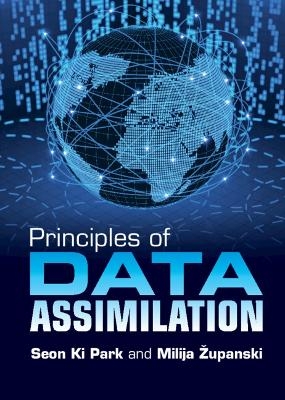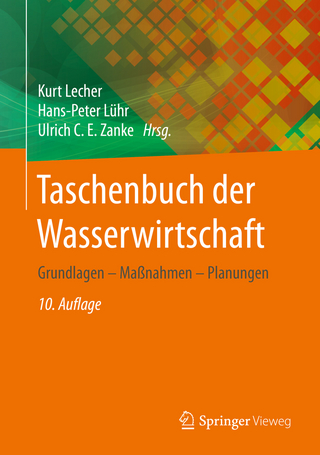
Principles of Data Assimilation
Cambridge University Press (Verlag)
978-1-108-83176-5 (ISBN)
Data assimilation is theoretically founded on probability, statistics, control theory, information theory, linear algebra, and functional analysis. At the same time, data assimilation is a very practical subject, given its goal of estimating the posterior probability density function in realistic high-dimensional applications. This puts data assimilation at the intersection between the contrasting requirements of theory and practice. Based on over twenty years of teaching courses in data assimilation, Principles of Data Assimilation introduces a unique perspective that is firmly based on mathematical theories, but also acknowledges practical limitations of the theory. With the inclusion of numerous examples and practical case studies throughout, this new perspective will help students and researchers to competently interpret data assimilation results and to identify critical challenges of developing data assimilation algorithms. The benefit of information theory also introduces new pathways for further development, understanding, and improvement of data assimilation methods.
Seon Ki Park is Professor of Meteorology at Ewha Womans University, Seoul, Korea. His research focuses on storm-scale to meso-scale analysis, parameter estimation, and data assimilation to improve numerical weather and climate prediction. He co-edited a series of four volumes titled Data Assimilation for Atmospheric, Oceanic and Hydrologic Applications (2009, 2013, 2017, 2021). Milija Zupanski is Senior Research Scientist at Colorado State University, Fort Collins. He is a principal developer of two four-dimensional variational data assimilation systems and the Maximum Likelihood Ensemble Filter. His research focuses on data assimilation development and applications, including the atmosphere, land surface, aerosols, and combustion.
Part I. General Background: 1. Data assimilation: general background; 2. Probability and Bayesian approach; 3. Filters and smoothers; Part I.: Practical Tools: 4. Tangent linear and adjoint model; 5. Automatic differentiation; 6. Numerical minimization process; Part III. Methods and Issues: 7. Variational data assimilation; 8. Ensemble and hybrid data assimilation; 9. Coupled data assimilation; 10. Dynamics and data assimilation; Part IV. Applications: 11. Sensitivity analysis and adaptive observation; 12. Satellite data assimilation; Index.
| Erscheinungsdatum | 20.09.2022 |
|---|---|
| Zusatzinfo | Worked examples or Exercises |
| Verlagsort | Cambridge |
| Sprache | englisch |
| Maße | 178 x 251 mm |
| Gewicht | 885 g |
| Themenwelt | Naturwissenschaften ► Geowissenschaften ► Meteorologie / Klimatologie |
| ISBN-10 | 1-108-83176-1 / 1108831761 |
| ISBN-13 | 978-1-108-83176-5 / 9781108831765 |
| Zustand | Neuware |
| Informationen gemäß Produktsicherheitsverordnung (GPSR) | |
| Haben Sie eine Frage zum Produkt? |
aus dem Bereich


